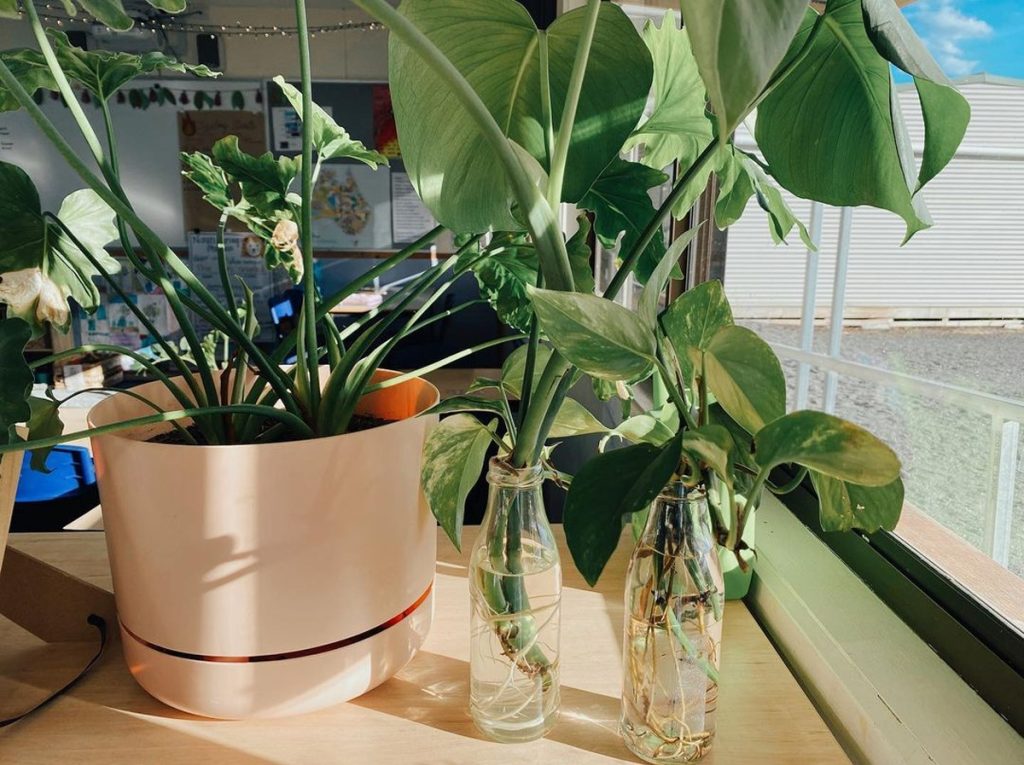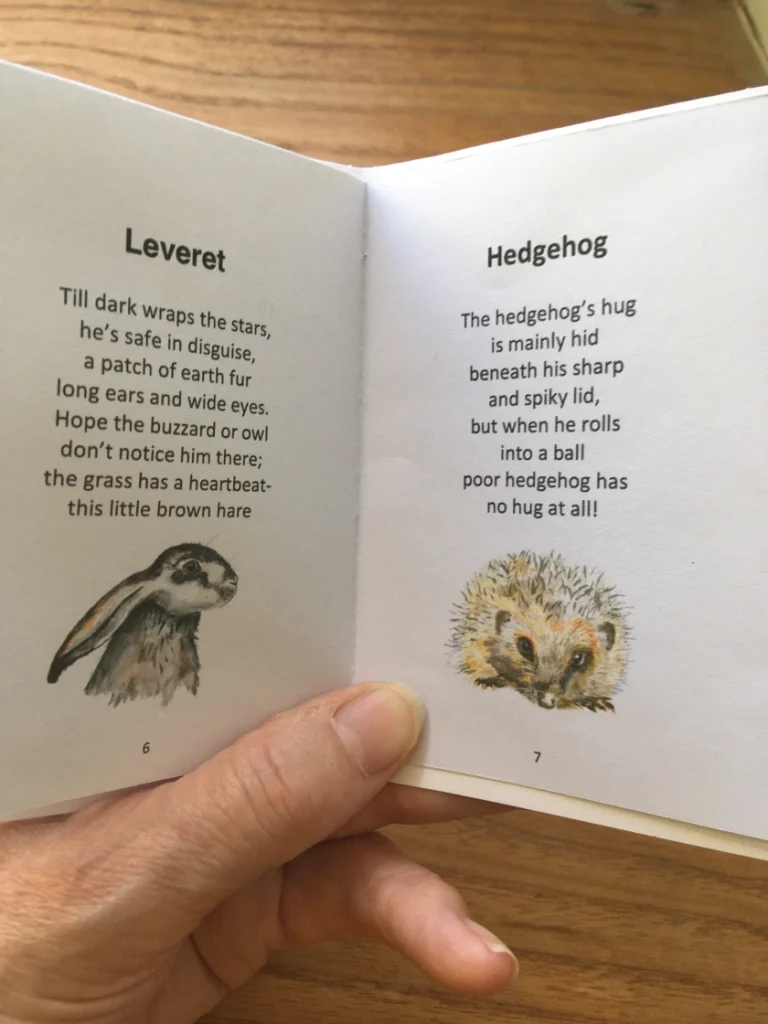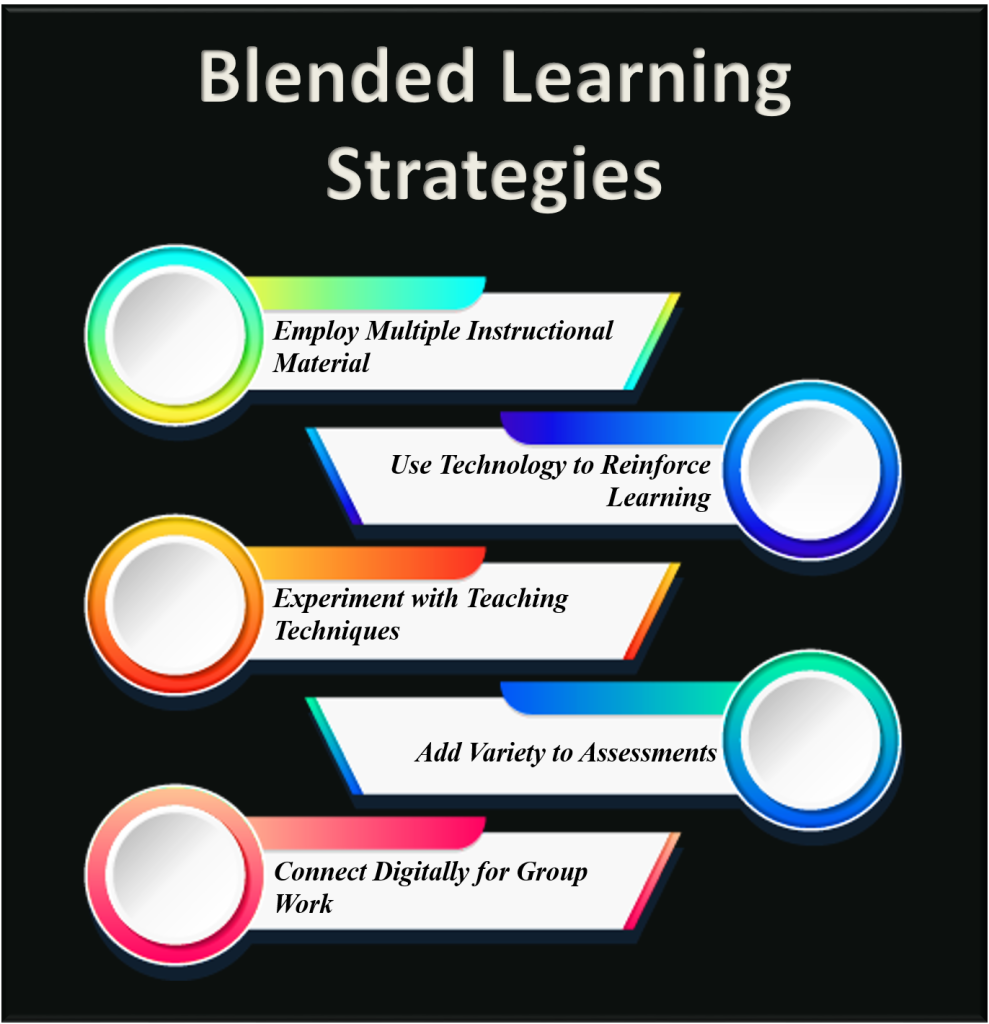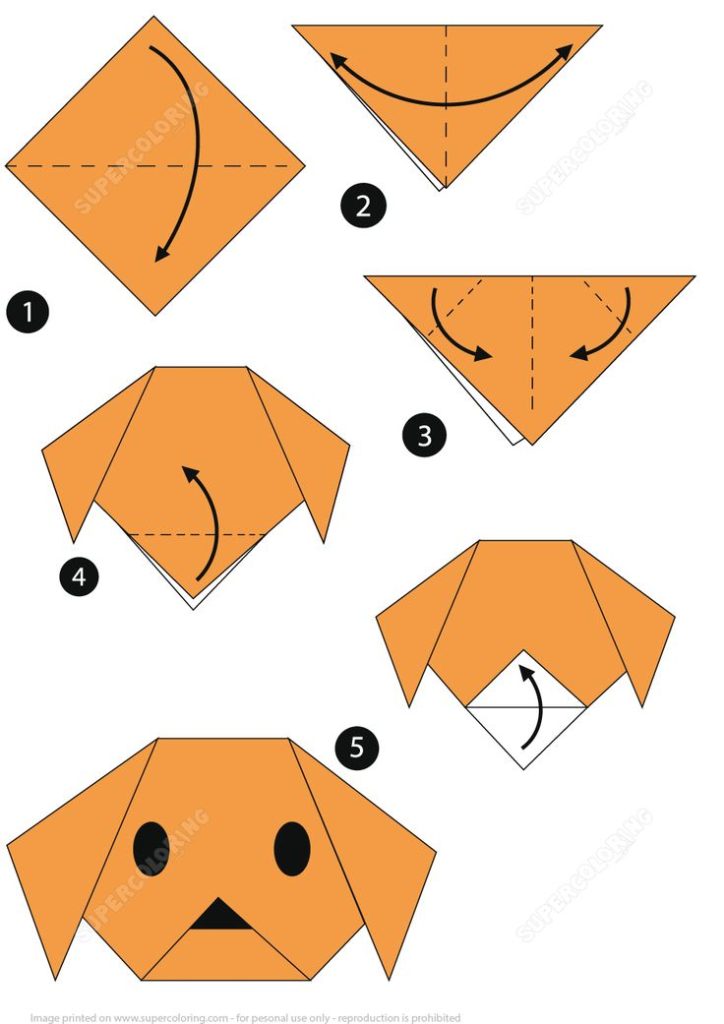Here are 16 inventive desk name plate ideas for teachers that combine functionality with a creative flare:
1. Pencil Design Name Plate: Craft a name plate in the shape of a pencil with the teacher’s name playfully written as if drawn by the pencil itself.
2. Chalkboard Theme: Use a mini chalkboard where names can be written and changed. This adds a classic touch to the teacher’s desk and allows for flexibility.
3. Book Stack Name Plate: Design a name plate that looks like a stack of books, with the teacher’s name on the spine of the top “book.”
4. Apple with a Twist: An apple-shaped name plate with the teacher’s name is traditional; add modernity by using metallic or acrylic materials.
5. Tech-Inspired Acrylic Block: A clear acrylic block with a digital font can appeal to teachers who love technology.
6. Subject Iconography: Use symbols related to their teaching subject, like math equations or historical icons, as a background for their name.
7. Growth Chart Ruler: Turn into a themed name plate—a ruler indicating growth, alongside the teacher’s name.
8. 3D Printed Novelty: Create a custom 3D printed name plate with fun elements or characters relevant to the class subject matter.
9. Interactive Whiteboard Miniature: A small whiteboard that serves as both a functional tool and a personalized name display.
10. Periodic Table Element Style: Science teachers will appreciate their name stylized like an element from the periodic table.
11. Plant Holder Integration: Incorporate a small plant holder into the design for teachers who love greenery; their name could wrap around the pot.
12. Crayon Color Splash: Mimic crayons spelling out the teacher’s name or have it mounted on crayon-like designs for an art-inspired theme.
13. Scrabble Tiles Layout: Spell out names using oversized Scrabble tiles for an engaging and educational aesthetic.
14. Inspirational Quote Background: Have an inspirational quote in fine print behind the teacher’s name to motivate both them and the students.
15. Historical Desk Plaque Replicas: Choose replicas from history—like Presidential desk plates—for social studies teachers.
16. Foldable Book Stand Replica: Crafted to appear like a classic book stand, this can show both the teacher’s name and hold instructional material simultaneously.
Each of these ideas can help reflect a teacher’s unique style and make their desk more personal and inviting for students!
















